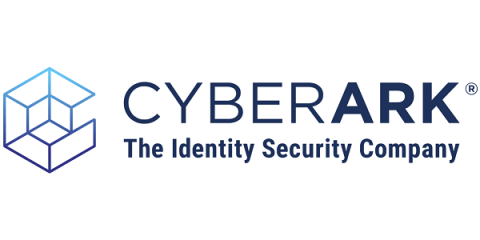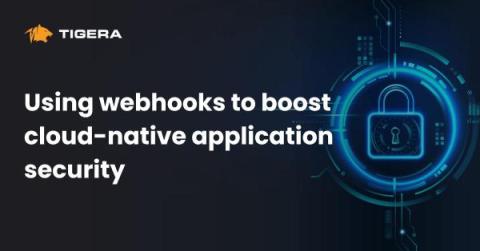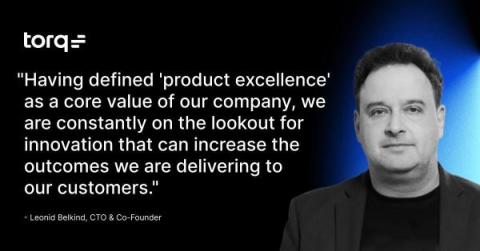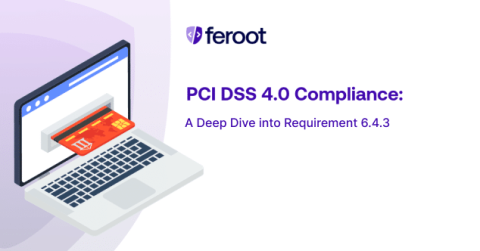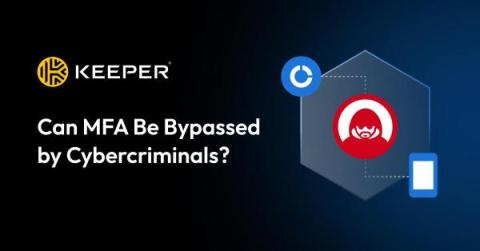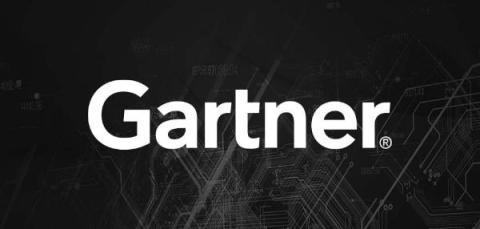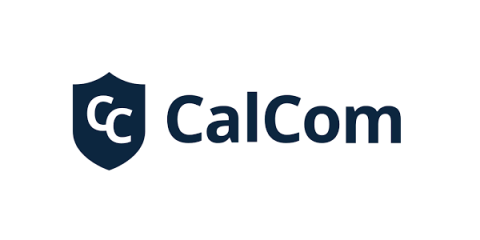How to Align Your Security Strategy with NIST Cybersecurity Framework 2.0
After a decade in the making – or waiting, as the case may be – the National Institute of Standards and Technology (NIST) has released the first major revision to its Cybersecurity Framework (CSF), a set of voluntary standards and best practices for managing cybersecurity risks. NIST CSF 2.0, released on Feb 26, 2024, expands the scope and applicability of the framework to cover more types of organizations and industries, including the private sector, government and nonprofits.


